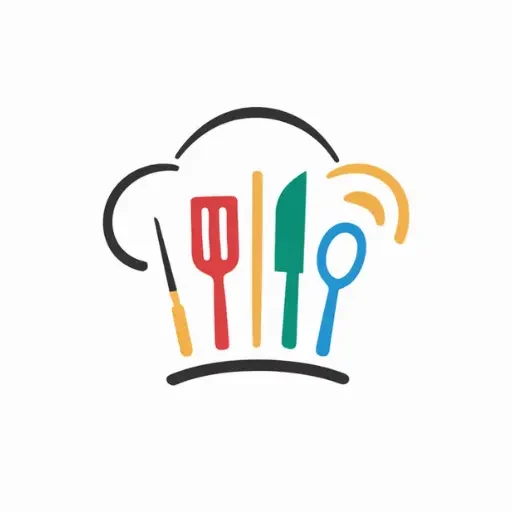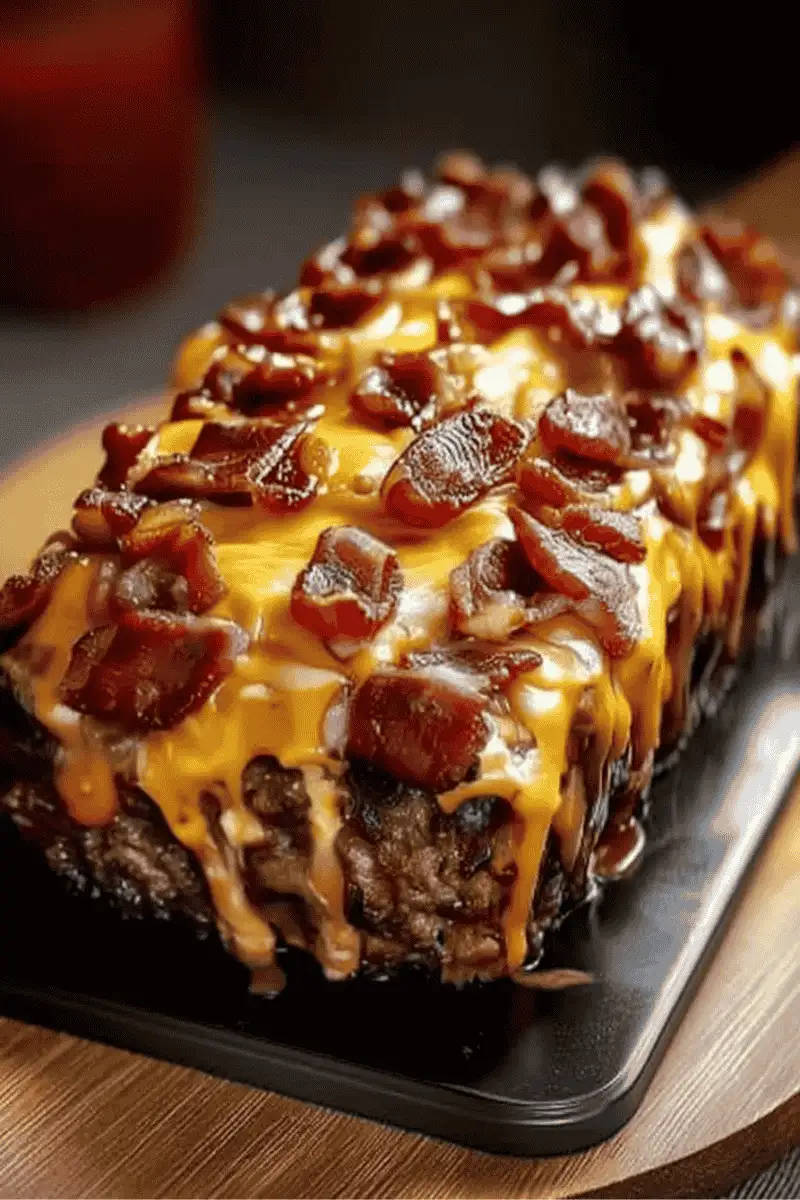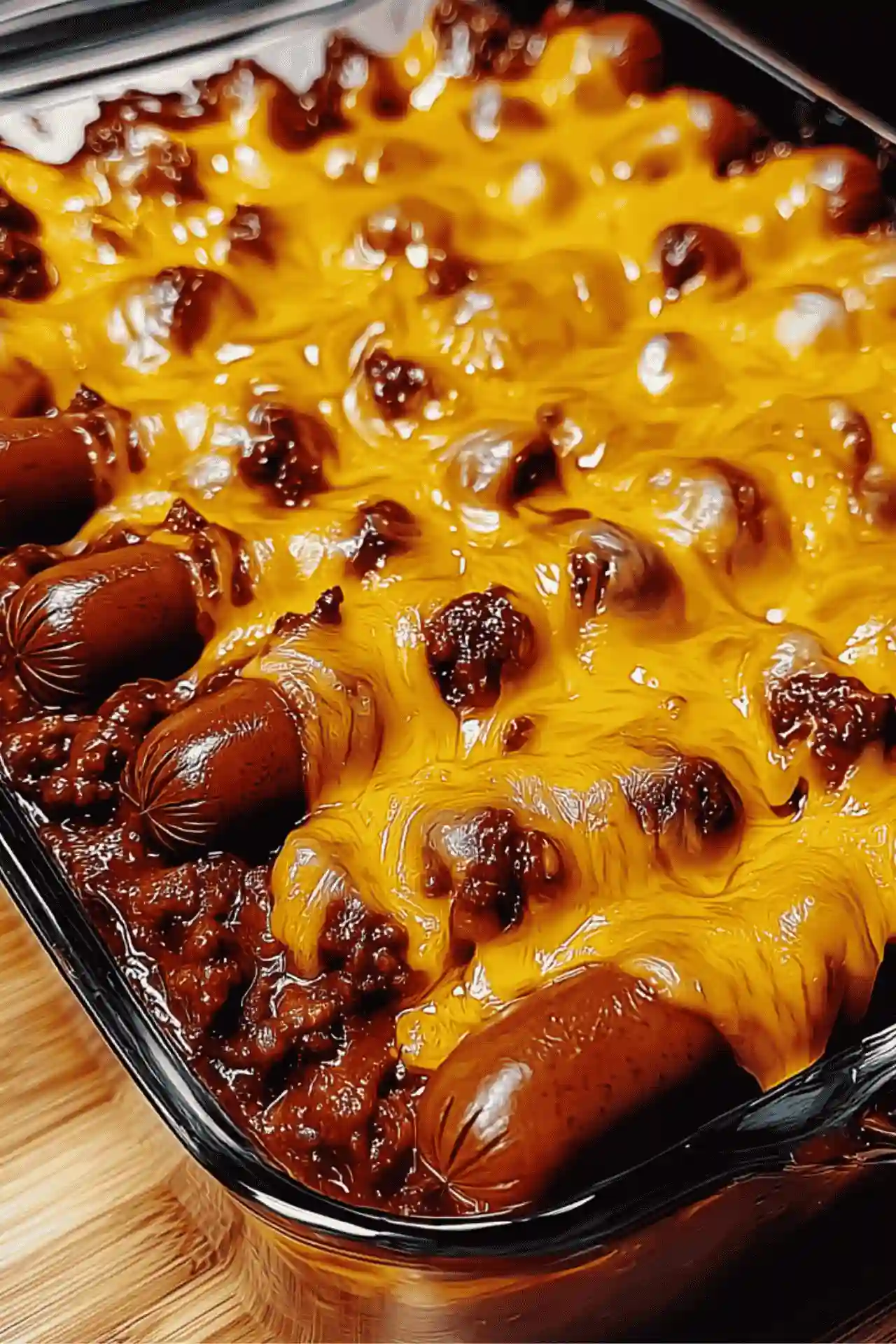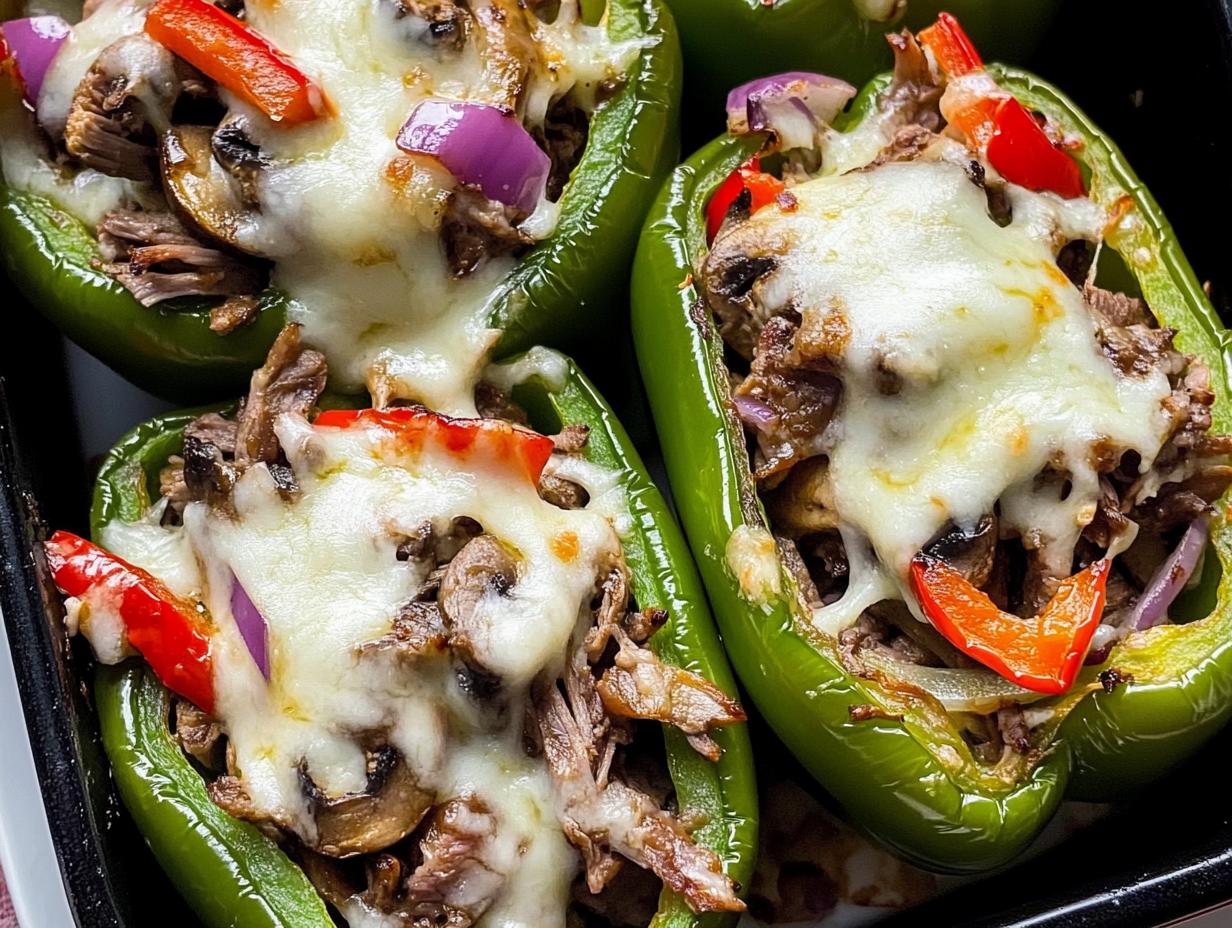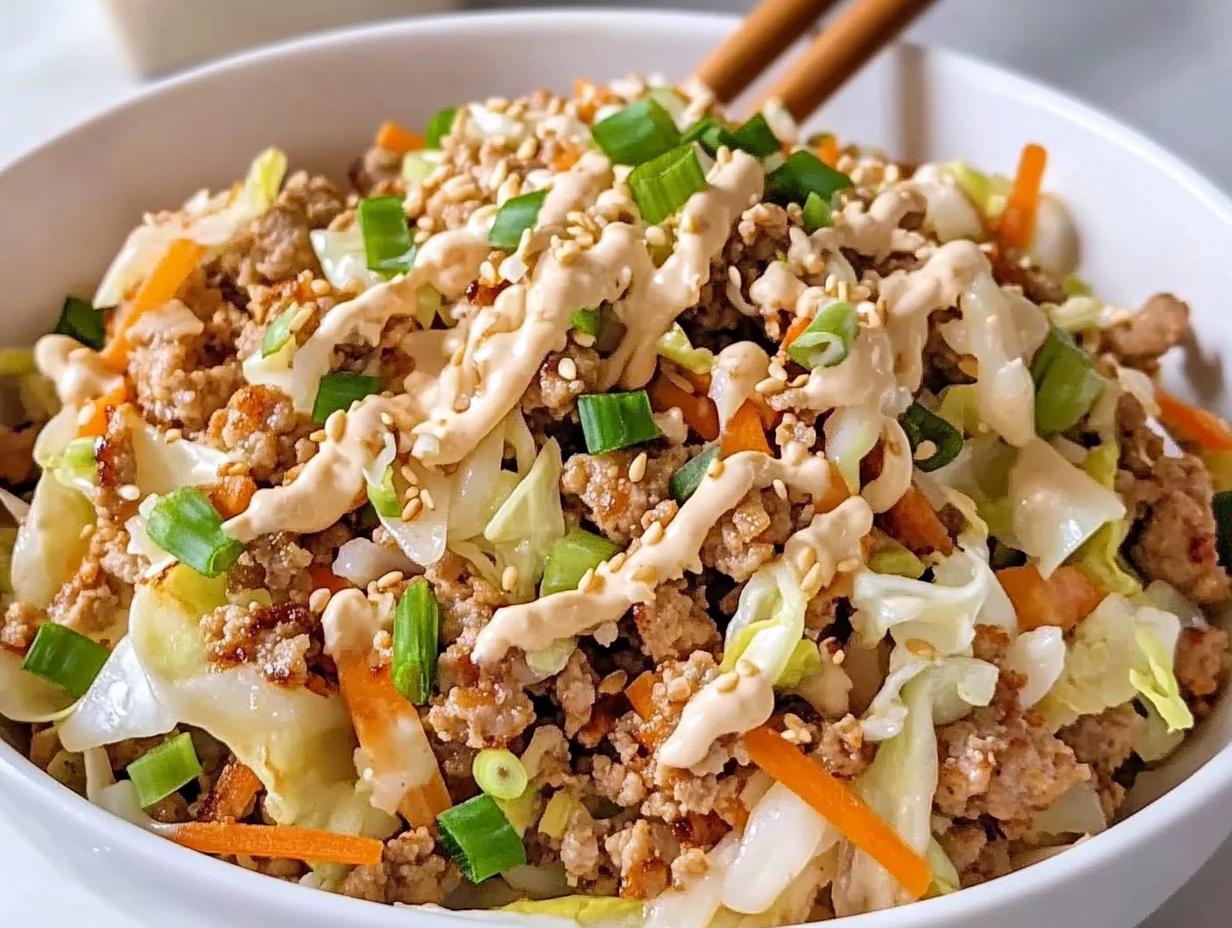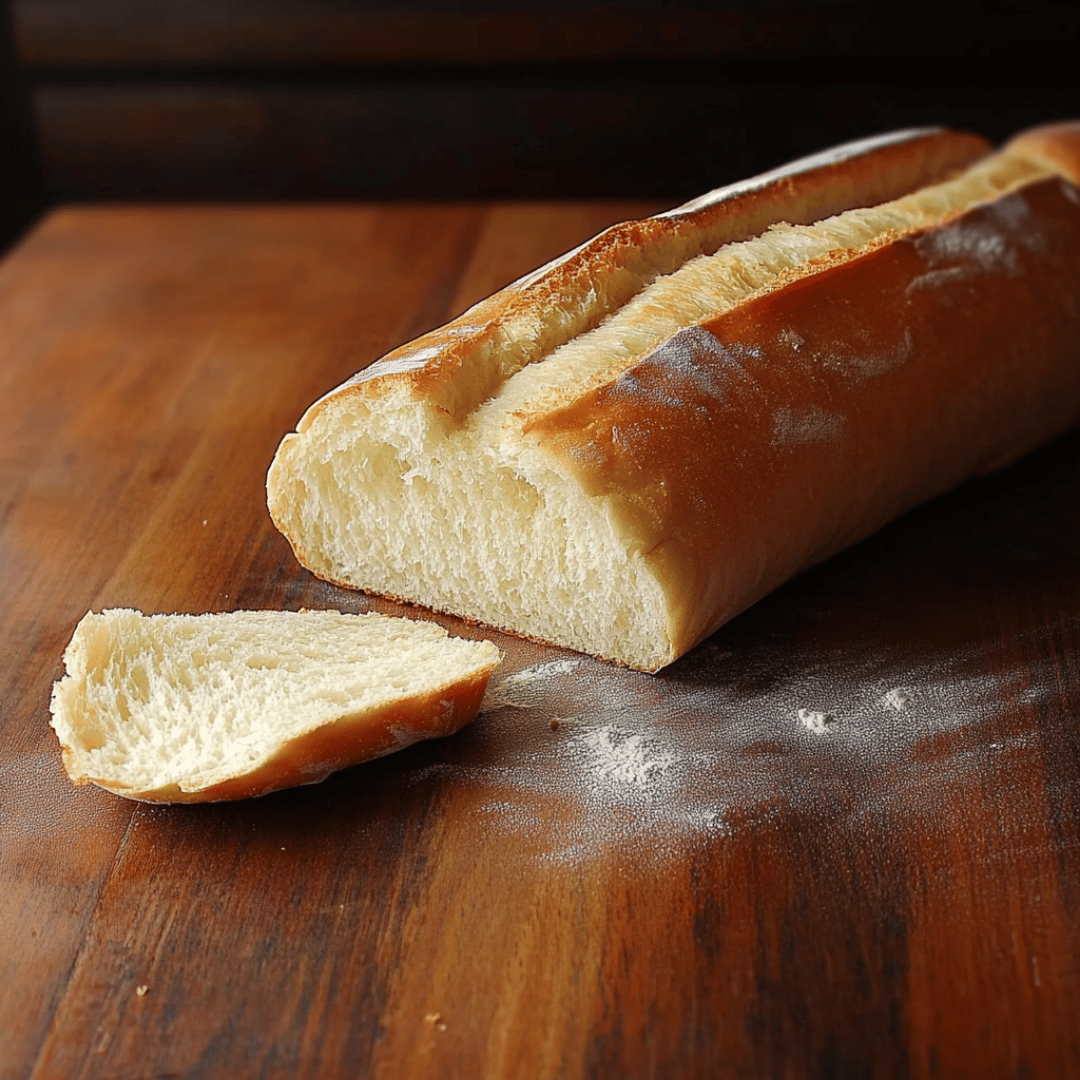
Introduction: Baking Cuban Bread with Heart and Tradition
Growing up in a kitchen filled with the smells of warm, freshly baked bread, I learned early on that simple ingredients make magic — especially when crafted with love and patience. While my Italian grandmother taught me the art of ciabatta and focaccia, it was during a family trip to Miami that I discovered Cuban bread — crusty on the outside, soft and airy inside, yet rich with the deep, savory flavor that only good bread can offer.
Today, I’m sharing a cuban bread recipe that’s simple, authentic, and perfect whether you’re making Cuban sandwiches or just craving the kind of bread that disappears faster than you can slice it. Let’s dive into this rustic beauty!
Why You’ll Love This Cuban Bread Recipe
- No fancy equipment needed: Just your hands and a warm kitchen.
- Big flavor with simple ingredients: Lard (or shortening) gives the bread its distinct richness.
- Perfect for sandwiches: Especially the classic Cuban sandwich!
- Crisp outside, tender inside: The dream texture.
- Beginner-friendly: Even if you’re new to bread baking.
Ingredients You’ll Need
Starter (Overnight Prep):
- ½ cup warm water (100–110°F)
- ½ cup all-purpose flour
- ½ teaspoon active dry yeast
Dough:
- 1 packet active dry yeast (2¼ teaspoons)
- 2 teaspoons granulated sugar
- ¾ cup warm water (100–110°F)
- 3 tablespoons lard (or vegetable shortening)
- 2 teaspoons fine sea salt
- 3 cups all-purpose flour (plus extra for dusting)
- 1 teaspoon neutral oil (for greasing bowl)
- 1 tablespoon cornmeal (for dusting pans)
Step-by-Step Instructions
1. Prepare the Starter (Night Before)
Creating a starter ensures that your Cuban bread has depth and flavor.
- In a small bowl, mix warm water, flour, and yeast until smooth.
- Cover tightly with plastic wrap.
- Refrigerate for 8–12 hours.
Pro Tip: The starter should look bubbly and smell pleasantly yeasty by morning!
2. Activate the Yeast
This step ensures your dough rises beautifully.
- In a large bowl, combine yeast, sugar, and warm water.
- Let sit for 10–15 minutes until frothy and bubbly.
If your mixture doesn’t bubble, your yeast might be old — start again with fresh yeast.
3. Mix the Dough
- Add the lard (or shortening), salt, and 1 cup of flour to the yeast mixture.
- Stir until combined.
- Add the chilled starter and mix well.
- Gradually add 1.5 cups of the remaining flour until a shaggy dough forms.
4. Knead the Dough
- Turn dough onto a lightly floured surface.
- Knead for 8–10 minutes, sprinkling small amounts of flour as needed.
- Dough should be smooth, slightly tacky but not sticky.
Pro Tip: Proper kneading develops the gluten that gives bread its beautiful structure!
5. First Rise
- Place dough into a lightly oiled bowl, turning once to coat.
- Cover with a damp cloth.
- Let rise in a warm, draft-free area until doubled in size (about 1½ to 2 hours).
6. Shape the Loaves
- Line two baking sheets with parchment paper.
- Sprinkle generously with cornmeal.
- Divide dough into two equal parts.
- Roll each into a 12-inch log and flatten slightly into a rustic oval.
- Place loaves on the prepared pans.
- Lightly dust with flour.
- Cover loosely and let rise for 1–2 hours until puffed.
7. Bake the Bread
- Preheat oven to 400°F (200°C).
- Score the top of each loaf using a sharp knife or razor blade (¼-inch deep cuts).
- Mist loaves lightly with water.
- Bake for 20–25 minutes, swapping pan positions halfway.
- Loaves should be golden brown and sound hollow when tapped.
8. Cool and Enjoy
- Transfer the bread to a wire rack.
- Allow to cool completely before slicing (if you can resist!).
Tips for the Best Cuban Bread
- Use fresh yeast: Expired yeast leads to flat bread.
- Don’t skip the starter: It’s what gives the bread a chewy, authentic crumb.
- Lard or shortening? Traditional Cuban bread uses lard for richness, but vegetable shortening works too for a vegan-friendly version.
- Mist with water: This trick helps form that signature crispy crust.
Serving Suggestions
Cuban bread is incredibly versatile! Some ideas:
- Cuban sandwiches (Cubano): Ham, roasted pork, Swiss cheese, pickles, and mustard pressed between slices.
- Toast: With butter and a sprinkle of cinnamon sugar.
- Side for soup: Especially black bean soup.
- Breakfast: Slice, toast, and drizzle with honey.
Storage and Freezing
- Room Temperature: Store in a paper bag for up to 2 days.
- Freezing: Wrap tightly in plastic wrap, then foil, and freeze for up to 2 months. Thaw at room temperature and reheat in the oven for 5–7 minutes.
FAQs About Cuban Bread
Can I Make Cuban Bread Without Lard?
Yes! Substitute vegetable shortening to maintain a rich texture without using animal fat.
Why Does Cuban Bread Have a Crispy Top?
It’s all about steam! Mist the loaves with water before baking, and you’ll get that delicious, crackly crust.
How is Cuban Bread Different from French Bread?
Cuban bread is typically softer inside with a slightly sweeter, richer taste due to the lard. French bread tends to have a denser, chewier crumb.
Final Thoughts
Making this cuban bread recipe at home is a beautiful reminder of how simple ingredients, patience, and love can create something truly special. Whether you’re slicing it warm from the oven or loading it up with pork and pickles for a classic sandwich, this bread will transport you straight to the heart of Cuban kitchens.
Try it yourself and share your creations with me!
How would you put your twist on it? Maybe a garlic butter version? Tell me in the comments!

The Cultural Roots of Cuban Bread
Cuban bread, or pan cubano, is more than just a sandwich vessel — it’s a symbol of tradition, migration, and culinary resilience. This iconic bread has strong roots in Tampa and Miami, where Cuban immigrants settled and built thriving communities. In places like Ybor City, bakeries began crafting their own versions of pan cubano as early as the 1890s, often baking them with a palmetto leaf on top to keep the crust flat and flaky.
Though you may not have access to palmetto leaves, our version retains all the charm and flavor of traditional Cuban loaves — minus the leaf, but rich in authenticity.
Troubleshooting Your Dough: What Can Go Wrong?
Bread baking is part science, part art — and if your cuban bread recipe doesn’t turn out as expected, don’t worry. Here are a few common issues and how to fix them:
- Dough didn’t rise: Your yeast may be inactive, or the rising spot too cold. Try warming your oven slightly and placing the dough inside (turned off!) with the light on.
- Bread is dense, not fluffy: You may have added too much flour or under-kneaded the dough. The right texture should be tacky, not dry.
- Crust too hard or chewy: Be sure to mist the dough with water before baking and avoid overbaking. A small bowl of water in the oven can also boost steam levels.
Baking is a learning journey, and every loaf makes you better.
Cuban Bread in My Family’s Kitchen
While Cuban bread isn’t from my Italian background, it holds a place of honor on our table. The first time I made this bread, I was testing recipes for a backyard Cuban-themed gathering — roast pork, plantains, and all. When I sliced the first loaf, steam curled upward like a whisper of success. The crust was delicate, the crumb light and warm.
Now it’s part of my bread rotation — especially in summer when lighter sandwiches and grilled fillings take center stage. It reminds me how beautiful it is to embrace other cuisines, especially when shared with people you love.
Nutritional Considerations
While this cuban bread recipe uses traditional ingredients like lard and all-purpose flour, you can make small adjustments if needed:
- For a lower-fat version: Use shortening or even olive oil in place of lard.
- To add fiber: Swap out ½ cup of the flour for whole wheat flour (expect a slightly denser loaf).
- Gluten-free adaptation: This recipe is not naturally gluten-free and doesn’t adapt well due to its reliance on gluten development.
Reader Reviews and Comments
Have you tried this recipe? Let us know how it turned out!
“This bread came out perfect! The crust was divine and the inside so pillowy. Made the best Cubano sandwiches ever!” – Sophia R.
“I was intimidated to bake bread, but your step-by-step made it so easy. Thank you!” – Michael B.
We love hearing from you — tag us on Instagram or drop a comment below!
Final Call: Make Your Own Cuban Bread Today
By now, you’ve got all the tools, tips, and confidence to master this cuban bread recipe. Whether it’s your first time baking or your hundredth, this bread is a joyful, delicious experience.
So preheat that oven, dust off your baking sheets, and get ready to make a loaf (or two!) of bread that’ll fill your kitchen with warmth and your table with flavor.
🥖 Share your Cuban bread with us — tag #BakingWithSarah and show us your perfect crust!
Creative Variations on Cuban Bread
Once you’ve mastered the classic cuban bread recipe, it’s fun to experiment. While purists may prefer the traditional approach, here are a few creative twists that have become favorites in my kitchen:
Garlic Cuban Bread
Add a tablespoon of finely minced garlic to the dough along with the lard. This creates a rich, savory depth that pairs perfectly with roast pork or spicy fillings.
Cheese-Stuffed Cuban Bread
Before rolling your dough into logs, sprinkle a thin layer of shredded cheese (like Swiss or mozzarella) inside. Roll and seal carefully, and you’ll have gooey, cheesy pockets in every slice.
Herbed Cuban Bread
Mix 1 teaspoon of dried oregano or rosemary into the dough for an aromatic flavor. Perfect for serving with soups or olive tapenade.
Remember, the beauty of this recipe lies in its simplicity — but creativity is always welcome in the kitchen.
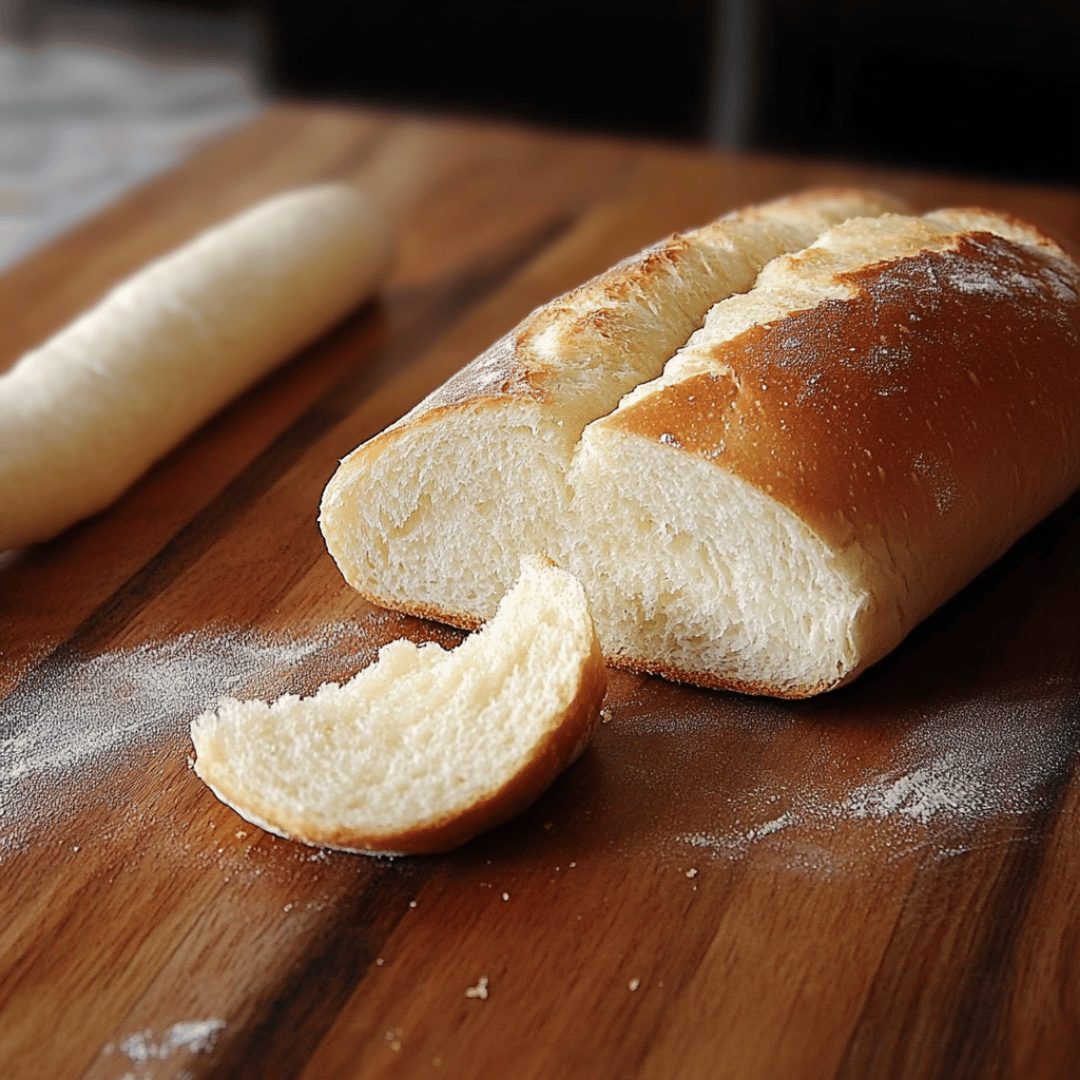
How to Build the Ultimate Cuban Sandwich
Cuban bread is best known as the backbone of the iconic Cuban sandwich (or Cubano). Here’s a quick guide to build one that rivals any Cuban deli:
Ingredients:
- Sliced Cuban bread (homemade, of course!)
- Yellow mustard
- Sliced Swiss cheese
- Dill pickles (sliced lengthwise)
- Sliced roast pork (garlicky mojo-style is best)
- Sliced deli ham
Instructions:
- Spread mustard generously on both sides of the bread.
- Layer ham, pork, pickles, and cheese.
- Close the sandwich and brush the outside lightly with butter.
- Grill on a sandwich press or panini maker until golden and the cheese melts.
No press? Use a cast iron skillet and press the sandwich with a heavy pan or foil-wrapped brick. It’s old-school but effective!
Cuban Bread as a Community Tradition
In Tampa’s Ybor City, Cuban bread has been a community staple for generations. Local bakeries used to deliver bread by threading long loaves through door hooks in the early morning hours. These bakeries weren’t just shops — they were gathering places, centers of neighborhood culture.
Even today, baking and breaking bread continues to connect us. When you bake this cuban bread recipe, you’re not just feeding your household — you’re taking part in a rich tradition of warmth, care, and community.
Make It a Meal: What to Serve with Cuban Bread
Beyond sandwiches, this bread shines as a companion to many meals. Here are a few pairing ideas:
- With Soup: Cuban black bean soup or caldo gallego (Galician stew) are perfect matches.
- With Breakfast: Toasted slices with café con leche (Cuban-style espresso with milk) make a nostalgic morning treat.
- With Tapas: Serve warm with a drizzle of olive oil and a sprinkle of sea salt alongside olives and manchego.
- With Grilled Meats: Mop up those juicy drippings with a slice of this bread — divine!
This bread turns any dish into something special, which is why I always keep a loaf on hand.
More Resources for Bread Lovers
Looking to expand your bread-baking skills beyond the cuban bread recipe?
Check out these helpful tutorials and inspirations:
Ready to Bake?
With this expanded guide and everything we’ve covered, you’re now equipped to bake this delicious, authentic cuban bread recipe with confidence. From the nostalgic scent of the starter to the satisfying crackle of the crust, every step is a joyful part of the process.
Remember: baking bread is not just about the outcome — it’s about the experience. Flour on your apron, warm dough under your fingers, and that amazing aroma filling your kitchen? That’s the magic of homemade.
So go ahead — make it, share it, and most importantly, savor it.
Print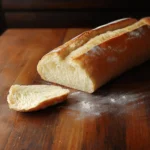
Easy Homemade Cuban Bread Recipe
- Total Time: 16 hours
- Yield: 12 1x
Description
A traditional Cuban bread recipe with a soft, fluffy interior and crisp golden crust — perfect for sandwiches, toasting, or serving alongside soups. This simple, lard-enriched bread rises overnight for deep flavor and a perfect crumb.
Ingredients
Starter (Overnight):
-
½ cup all-purpose flour
-
½ teaspoon active dry yeast
½ cup warm water (100–110°F)
Dough:
-
2 teaspoons granulated sugar
-
¾ cup warm water (100–110°F)
-
3 tablespoons lard (or vegetable shortening)
-
2 teaspoons fine sea salt
-
3 cups all-purpose flour, plus extra for dusting
-
1 teaspoon neutral oil (for greasing)
-
1 tablespoon cornmeal (for dusting pans)
1 packet active dry yeast (2¼ teaspoons)
Instructions
-
Prepare Starter (Night Before):
Mix warm water, flour, and yeast in a small bowl until smooth. Cover with plastic wrap and refrigerate 8–12 hours. -
Activate Yeast:
In a large bowl, combine yeast, sugar, and warm water. Let sit 10–15 minutes until frothy. -
Mix Dough:
Stir in lard, salt, and 1 cup of flour. Add the starter and continue mixing. Gradually add more flour until a shaggy dough forms. -
Knead Dough:
Turn onto a floured surface. Knead 8–10 minutes until smooth and slightly tacky. -
First Rise:
Place dough in a greased bowl. Cover with a damp cloth. Let rise until doubled, about 1½ to 2 hours. -
Shape Loaves:
Line baking sheets with parchment and cornmeal. Divide dough in half and shape into 12-inch logs. Flatten slightly, dust with flour, cover, and let rise again for 1–2 hours. -
Bake:
Preheat oven to 400°F (200°C). Score loaves and mist with water. Bake 20–25 minutes until golden and hollow-sounding. -
Cool:
Transfer to wire rack and cool completely before slicing.
Notes
To enhance crustiness, mist with water before and during early baking.
For a richer flavor, opt for lard over shortening.
Bread can be frozen for up to 2 months.
- Prep Time: 15 minutes
- Cook Time: 25 minutes
- Category: Bread
- Method: Baking
- Cuisine: American
Nutrition
- Serving Size: 1 slice
- Calories: ~150 kcal
- Sugar: ~1g
- Sodium: ~290mg
- Fat: ~4g
- Carbohydrates: ~23g
- Fiber: ~1g
- Protein: ~3g
- Cholesterol: ~2mg
Keywords: cuban bread recipe, homemade bread, easy cuban bread, sandwich bread
